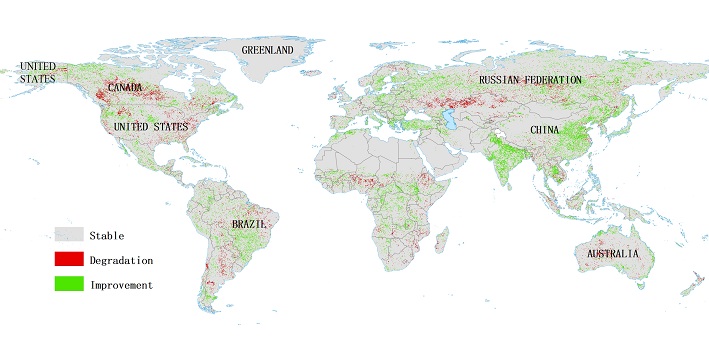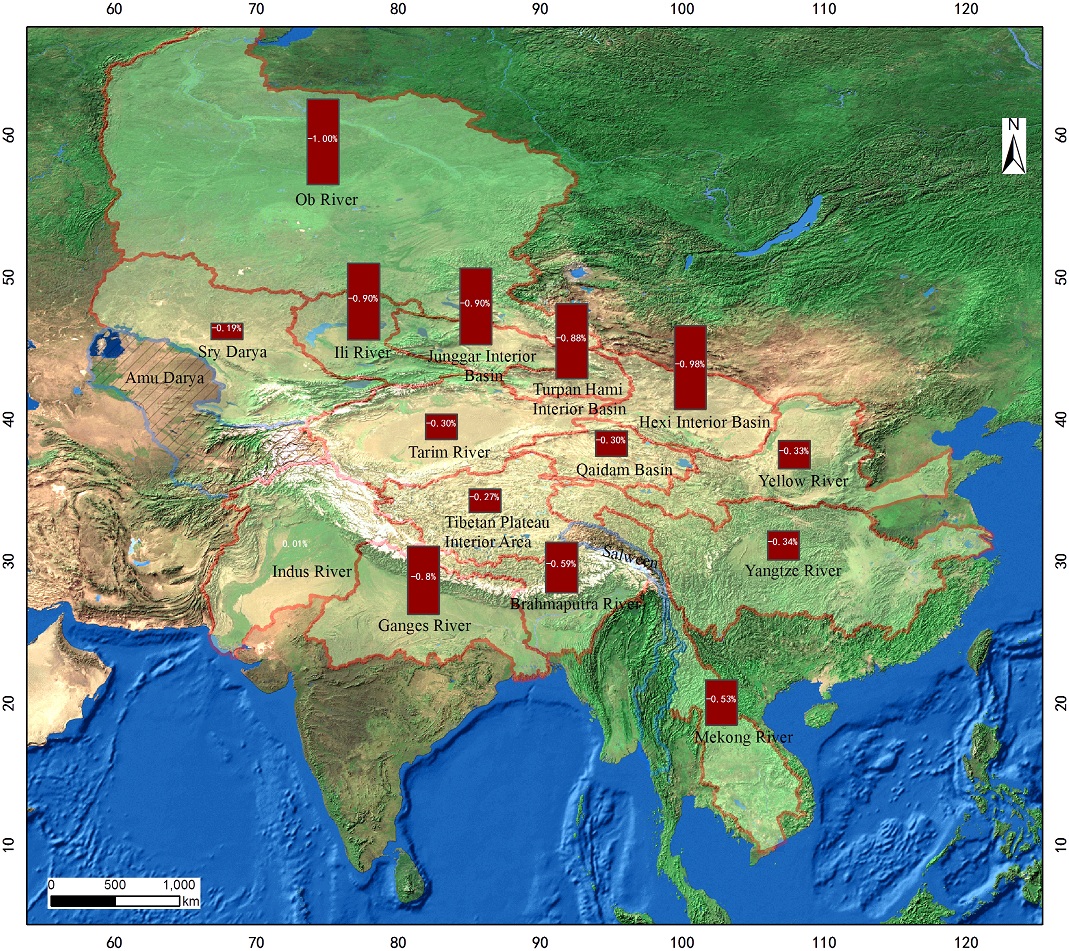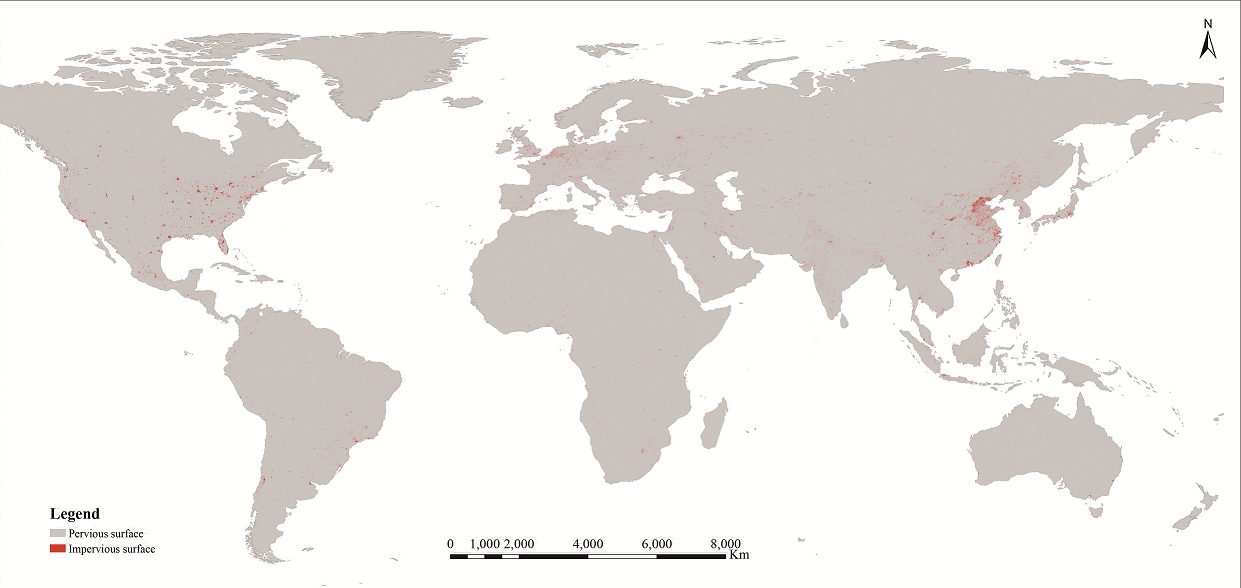On the afternoon of September 26, President Xi Jinping's special representative Wang Yi attends the Sustainable Development Goals (SDGs) Summit of the United Nations, officially released the "Big Earth Data in Support of the Sustainable Development Goals" during the event. This report aims at different indicators under the Sustainable Development Goals (SDGs), such as SDG2, 6, 11, 13, 14, 15. Through the specific case analysis of China's grain production land, surface water environment, urbanization progress, urban fine particles, biodiversity protection, etc., it fully demonstrates the application value and prospects of big earth data to SDGs. Against the background of the huge challenges faced by the current monitoring and evaluation of the Sustainable Development Goals, this report is of great significance to provide a new perspective for the international community.
The 2030 Agenda for Sustainable Development is the main outcome of the 2015 United Nations Sustainable Development Summit and a programmatic document that guides the development of countries and international development cooperation. The realization of the many SDGs set in the 2030 agenda is a development priority for all countries in the current and future decades. However, due to the huge differences in development levels between countries, SDGs still face many challenges in the implementation process, including the lack of data and incomplete methods in progress assessment.
How to scientifically monitor and evaluate SDGs and formulate targeted policies accordingly is an important topic that the international community is exploring. The United Nations reviews and updates the indicators of monitoring and evaluating SDGs every year, trying to find the best way to monitor and evaluate.
The Chinese Academy of Sciences has actively explored in this field, and has fully utilized its own advantages in multivariate data, technological innovation, and high-performance computing. It has organized research on SDGs supported by big earth data, and finally finished this report.
The report shows China's progress and experience, and provides references for other countries, especially developing countries, to achieve the Sustainable Development Goals, and contributes to the promotion of the United Nations' technology facilitation mechanism (TFM) practice.
The massive data on which this report is based is the integration of the achievements of Chinese scientists for many years. Through the effective integration of advanced artificial intelligence technology and long-term multi-element science big data, the fruitful scientific evaluation models and methods described in the report have been established. It fully embodies the advantages of big earth data in SDGs data evaluation and method innovation. For example, the assessment case of biodiversity conservation in Qianjiangyuan National Park is based on more than 800 forest observation plots established within the kilometer grid of the Qianjiangyuan National Park. The growth dynamics of more than 200,000 trees monitored in forest dynamic plots since 2005, 270,000 photos / image records monitored by more than 500 infrared cameras deployed over the years, and the use of near-ground remote sensing methods have achieved " The result of years of monitoring of the integrated monitoring system of "space, air ground ".The assessment of the fragmentation of giant panda habitats uses data from the four large-scale giant panda surveys organized and implemented by the National Forestry and Grassland Administration. The data involved are huge and have many units, such as the fourth national giant panda survey in China.The survey lasted three years from 2011 to 2014. The scope of the survey involved 62 counties (cities, districts) of 18 cities (prefectures) in Sichuan, Shaanxi, and Gansu. The survey area was nearly 4.36 million hectares. More than 2,000 people participated in the survey. 2 There are more than 10,000 and more than 10,000 vegetation survey sample plots.
With the rapid development of science and technology, new technical means represented by big data, artificial intelligence and blockchain technology are promoting the change of research methods. Big Earth Data, as a branch of big data in earth system science, is also promoting research , innovation of means and methods in this field. The realization of SDGs is an inevitable way of sustainable development and a major research topic in the field of earth system science. The successful release of the report further shows that big earth data can provide scientific and technological innovation support for SDGs, solid decision support for governments and international organizations, and assistance for the global implementation of the 2030 Agenda. The author looks forward to more excellent science and technology supporting SDGs in the future will through the follow-up "Big Earth Data in Support of the Sustainable Development Goals", provide high-quality scientific and technological services for the construction of a community of human destiny and China's participation in global governance.













